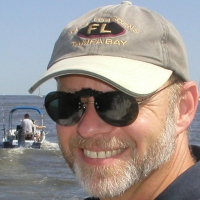I have now read the transcript filed with the SEC:
Post# of 43068

http://jbii.ir.edgar-online.com/EFX_dll/EDGAR...ID=9654714
This shows the type of progress that I was hoping would be revealed with the CC. If they had revealed more of the issues during that CC it may have been easier to digest.
I still believe that process control can, at some point, be automated. I cannot believe there are that many variables to monitor and control. The monitors are obviously in place or nobody would be able to adjust the system.
OK, they're still learning how to fine tune the system. The points regarding the complexity of a process control system with long lead times being required to affect a result are well taken.
It sounds like they need an environment within the building(s) that is better controlled to reduce some of the variability. They need plastic that has known properties before entering the system (type/size of plastic, temperature/humidity of the plastic).
Once the inputs are better controlled, the whole system will be easier to control. I think they can get to full automation within another two years. It could take that much data gathered from experience with the system to establish a good model.
It was good to hear they do not need to make additional modifications to the processor. But they have not yet reached their throughput goals, so that could easily change as they continue to ramp up. Is 2700 lbs. per hour close enough to the goal and all that remains is training staff to get that average throughput consistently?
Something doesn't feel right. This reminds me of JB being the only one who could run his tape reading machine successfully.
JB said P2 is an ideal candidate for receiving a residue removal system. They just need the money. And the staff.
Money is the big issue now. They are in the red zone and they have to get into the end zone.
And the obstacles to prevent them from doing that are significant.
John and his team have worked hard to get to this point. I hope they can score.
 (0)
(0) (0)
(0)Plastic2Oil, Inc. (PTOI) Stock Research Links
